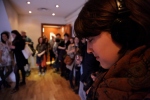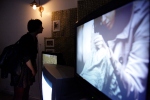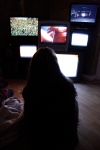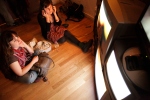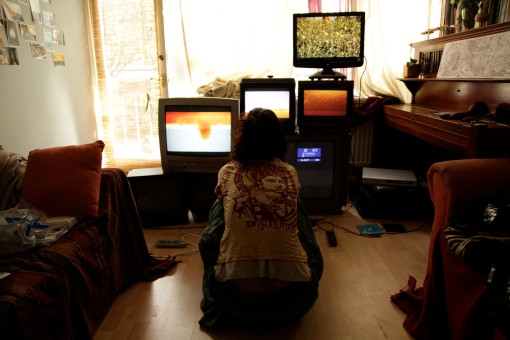Clement GREENBERG, “Modernist Painting”, 1960
“THE ESSENCE OF MODERNISM LIES, AS I SEE IT, IN THE USE OF CHARACTERISTIC METHODS OF A DISCIPLINE TO CRITICIZE THE DISCIPLINE ITSELF, NOT IN ORDER TO SUBVERT IT BUT IN ORDER TO ENTRENCH IT MORE FIRMLY IN ITS AERA OF COMPETENCE.”
As video entered the world of art in the 1960s, artists and critics were mostly concerned with the modernist principle as enunciated and imposed by American art critic and historian Clement Greenberg, for or against which they all had to define themselves. This principle was the one of the medium specificity which, according to Clement Greenberg, was thecondition for ‘high art’, as opposed to ‘low art’ (popular culture). In other words, to achieve ‘high art’, one had to define the properties that were inherent to the medium in use. Therefore, for ‘video art’ to become ‘high art’, video artists would have to explore the very possibilities offered by the technology of video and electronic, so as to delimitits specific aera of competence, and in doing so, differenciate it from cinema.




